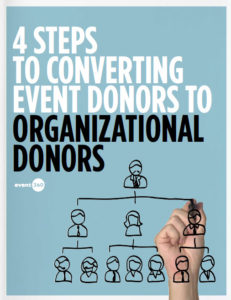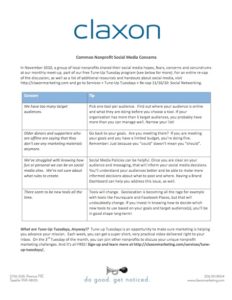
As 2012 winds down and we start thinking about 2013, here’s something to ponder: For your dreams to become reality, you need to channel your inner Yoda.
Nancy Duarte makes this point as it relates to presentations. In her TEDx talk, she points out how easy it is to think you’re the hero when you’re standing on stage delivering a presentation. The really good presenters, the ones that have the audience wrapped around their proverbial finger, take their audience on a journey in which they, the audience members, are like Luke Skywalker (or Princess Leah)–on an adventure, kicking butt, taking names and generally being and feeling awesome.
When you give people the opportunity to be awesome, they get on your side.
You have the opportunity to let people be heroes all the time: in your website copy, in your annual appeals, in your annual reports, in your newsletters, at meetings, in speeches, and every time you pitch someone on your idea.
We could add this as a fourth reason to the three already offered as to why bad pitches happen to good people: you act like Luke Skywalker instead of Yoda.
Yoda may not have youth, big biceps and good hair on his side, but he’s who you want to be like if you want your ideas to take hold, your donors to give, your clients to buy, or your kids to listen.
Let them be the hero. Show them the path and get out of their way.




 Last week Seattle nonprofits were gearing up for
Last week Seattle nonprofits were gearing up for 

 We had a blast at the
We had a blast at the 

